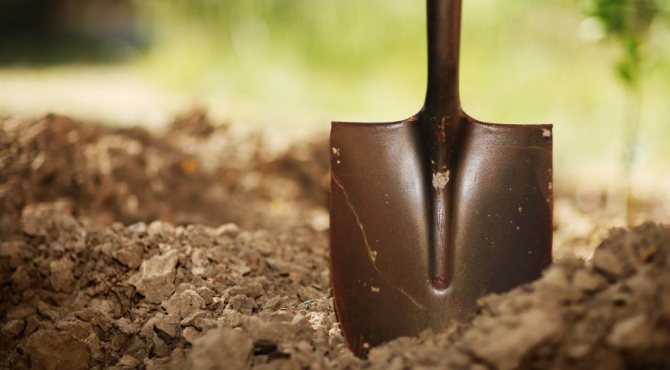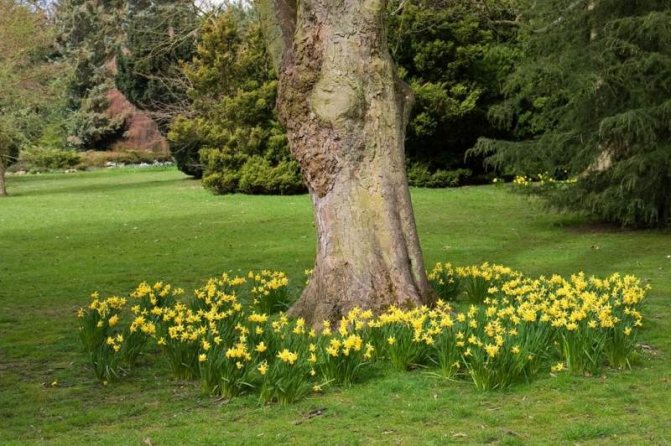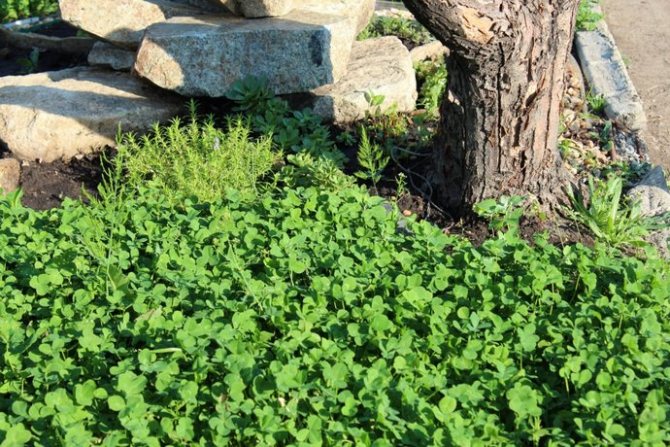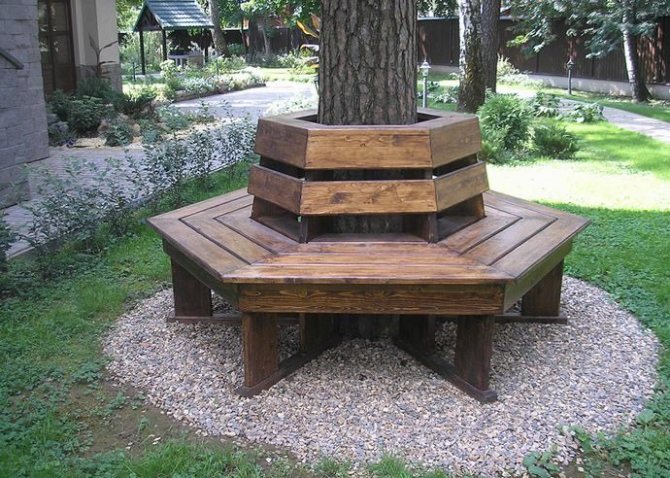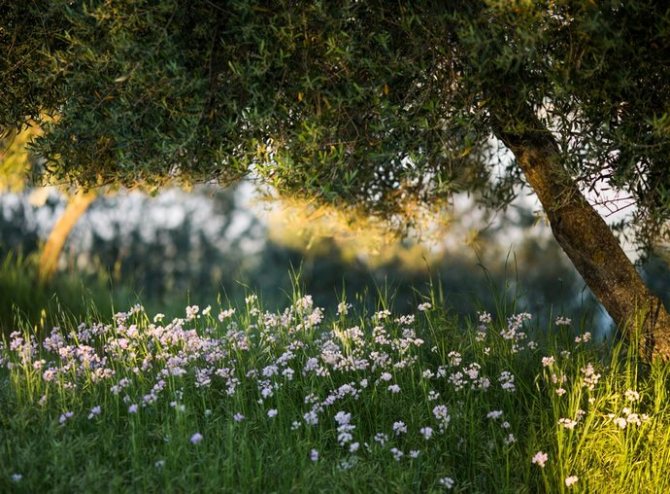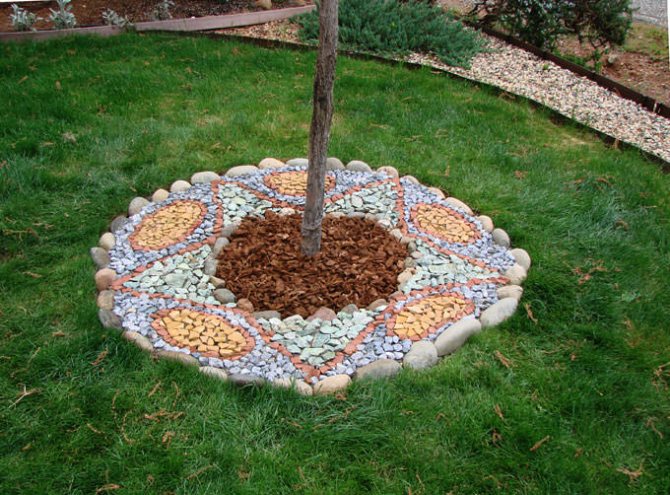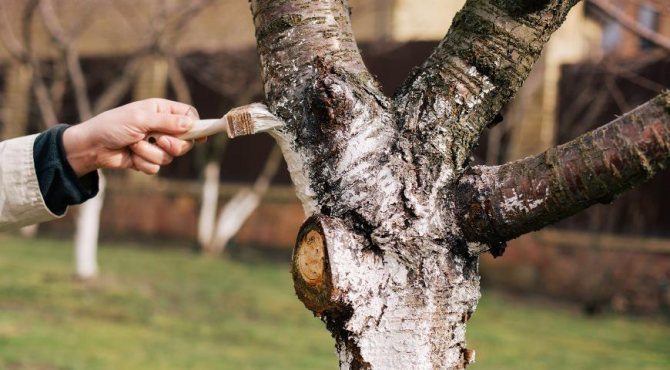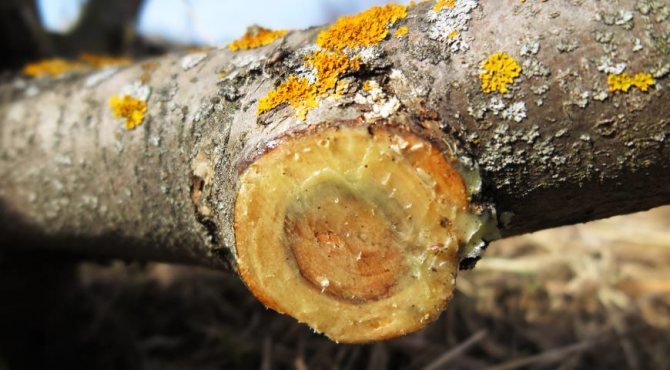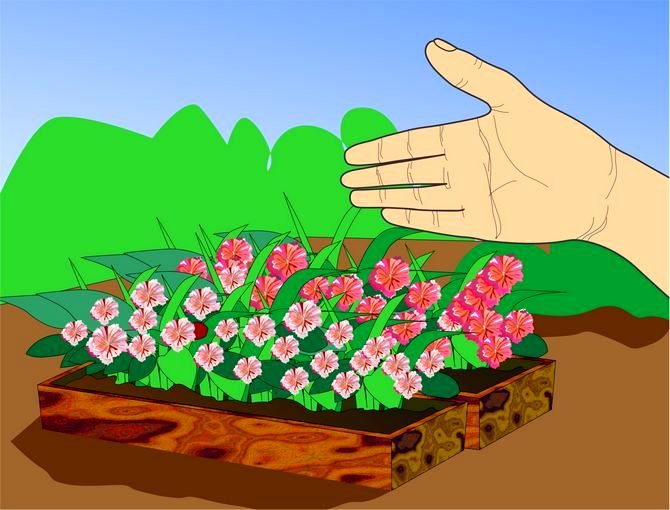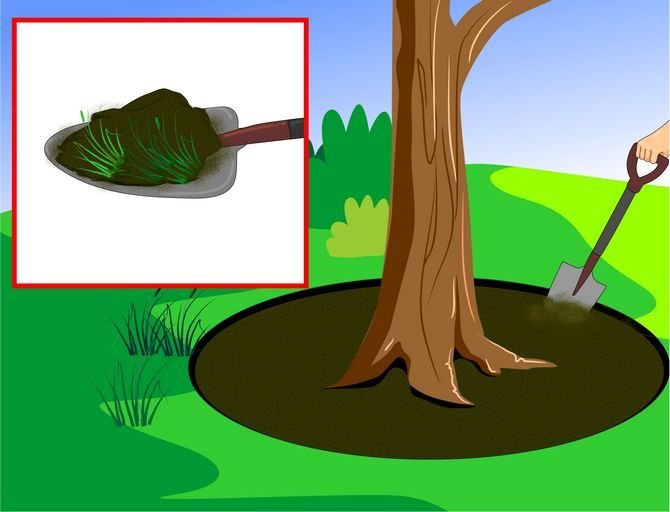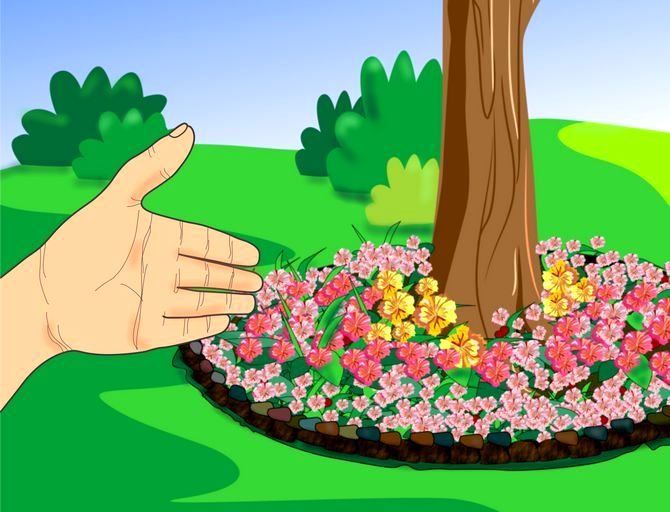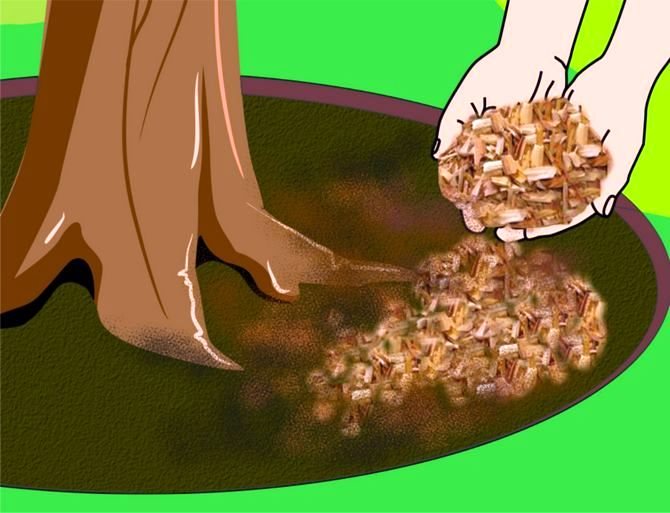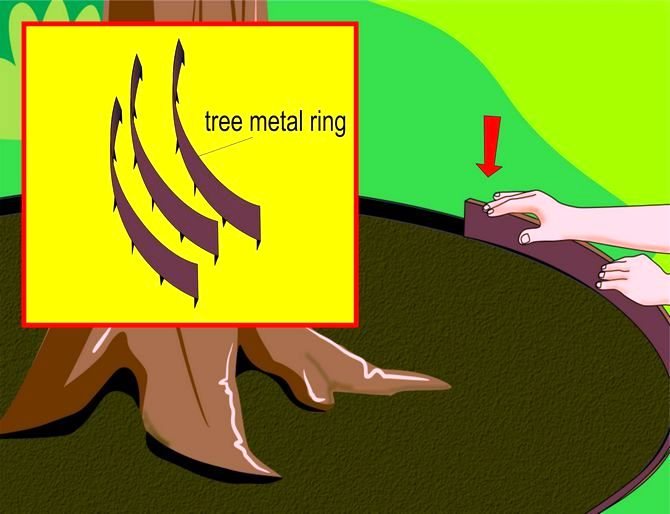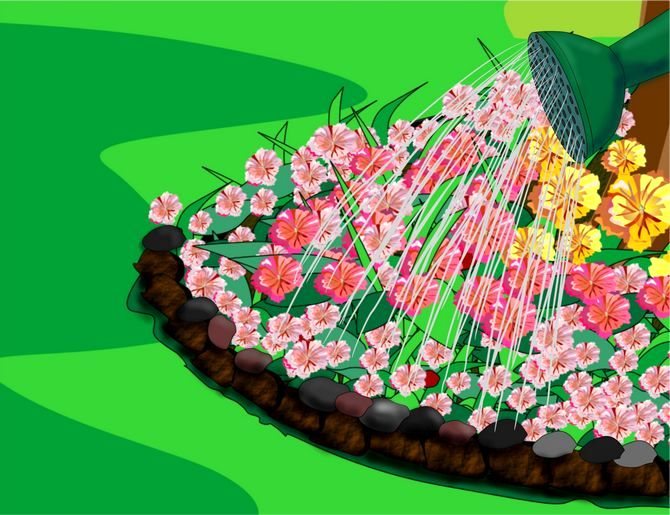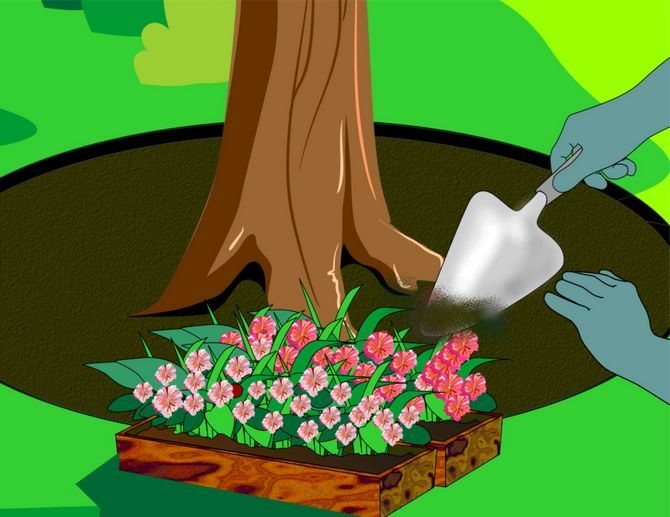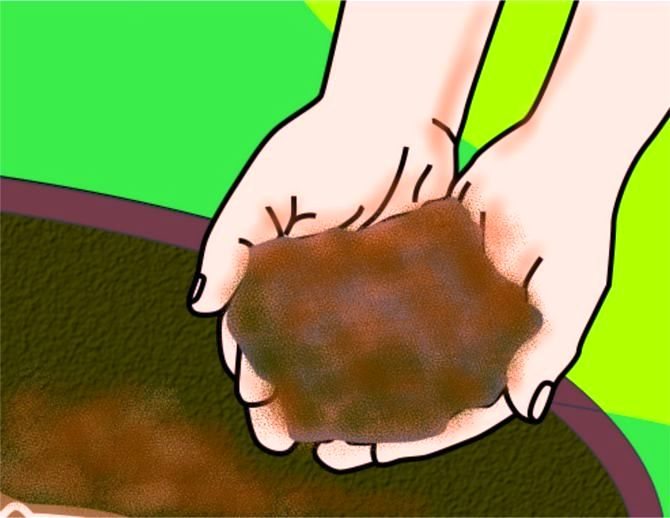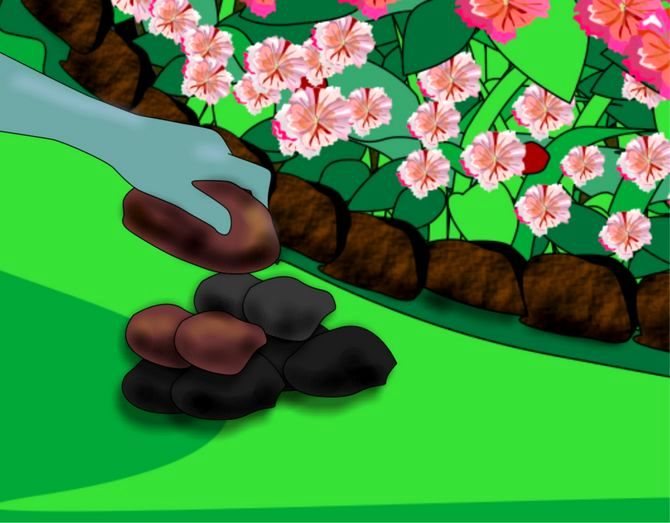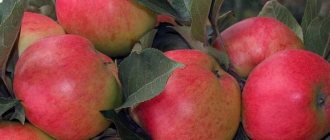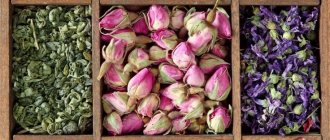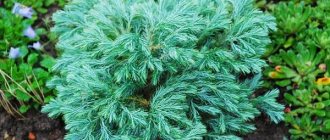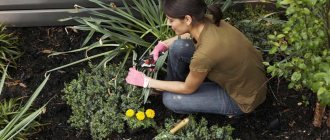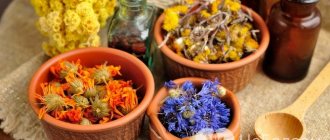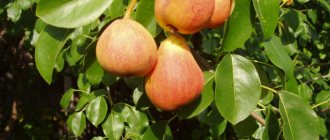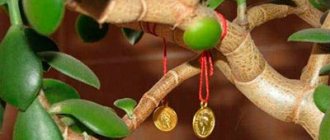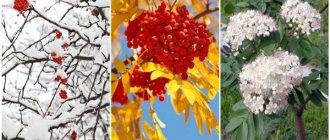The orchard is the pride of any land owner. However, mature plantations take up a significant part of the usable area, creating a vast shaded area and draining the soil on which they grow. For owners of small plots, this becomes a real problem. What to plant in the near-trunk circles of various trees in order to rationally use the land under them, you can find out right now.
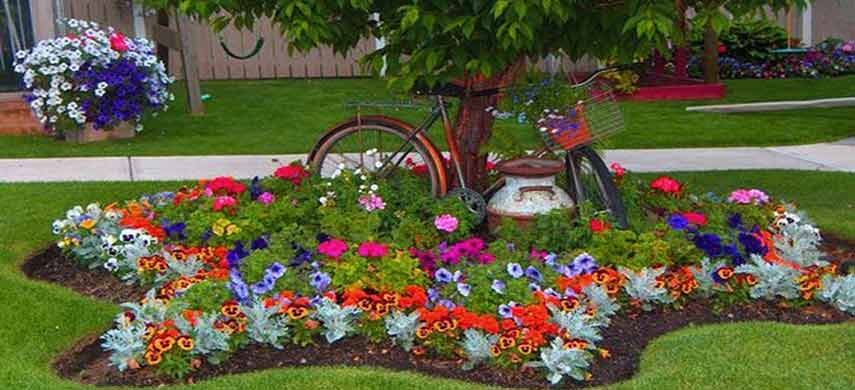
The periosteal circle: its content and role in the life of a tree
The trunk circle is the area of land around the trunk within the projection of the crown of the tree. It provides moisture, oxygen, nutrients to the roots. The condition of the soil in this zone greatly affects the yield, which is why it is recommended to loosen it and free it from weeds.
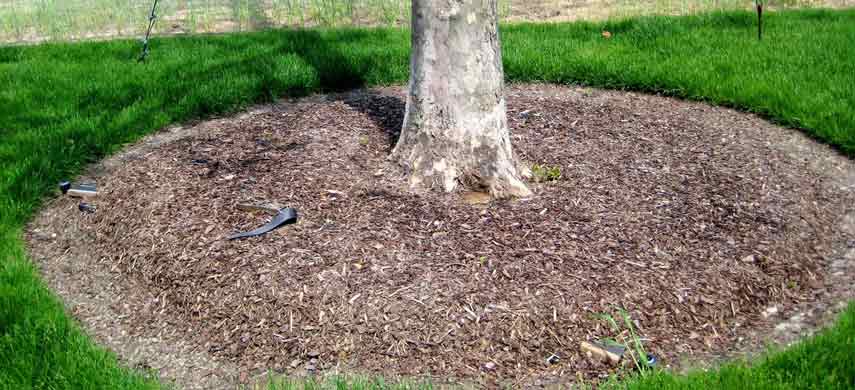

In young (up to 5 years) trees, the radius of the near-stem circles is 70–100 cm. Usually, the soil in them is kept under black fallow: they systematically loosen it, plant nothing, destroy weeds. These measures help to preserve moisture in the soil and prevent the appearance of pests.
Important! It is necessary to loosen the ground in the near-trunk zone very carefully, using a plane cutter or a pitchfork: damage to the roots can cause the death of the tree. When working with a shovel, hold it with an edge in the direction of the tree. It is unacceptable to deepen the tool more than 6-10 cm near the trunk and more than 15 cm as you move away from it.
The near-stem circles of older (6–7 years old) trees have a radius of 1.5 m or more, they can be used as a useful area in the garden.
Why do you need
It is important to remember that when organizing this space, not only the decorative component is taken into account, but the agronomic one. After all, a properly created landscape allows the tree to receive a sufficient amount of water, not have a lack of nutrients, and also freely "breathe by the roots."
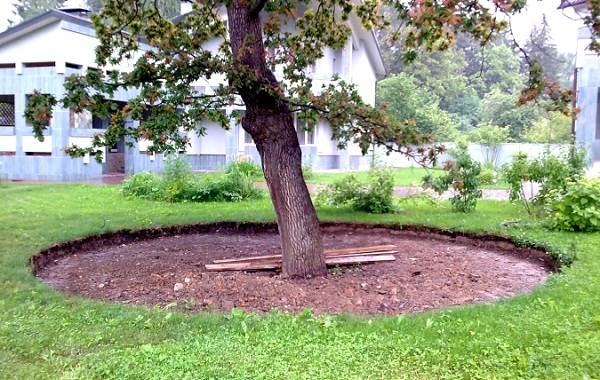

There can be a completely different approach. Much depends on how old the plant is. If it is very young, you should not get carried away with decorating the near-stem space. After all, any neighbors can prevent the culture from taking root and developing actively.
If we talk about size, then tree trunks this age can be a maximum of two meters in diameter (but not less than one and a half). There are some mandatory procedures here. In the middle of autumn, do not forget to dig high quality ground in this area.
This is necessary in order to drive various pests out of their homes. But do not overdo it, there is no need to stick the shovel too hard into the ground. Otherwise, you will injure the roots. It will be enough to take a depth of five to ten centimeters as a reference point.
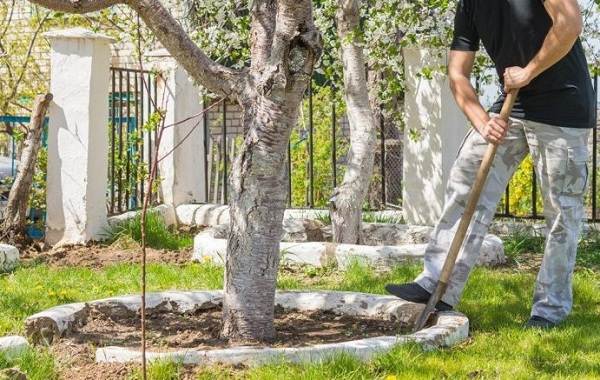

The space near the trunk should be dug carefully and not to great depth.
One more nuance, do not put the shovel parallel to the trunk, only sideways, otherwise, again, there is a risk of damaging something. After that, you need constant loosening. There is no place in such a circle, not only for ornamental plants, but also for weeds. So do not forget to get rid of them in time.
Mulch can become an excellent option for both young specimens and mature ones. This protective "blanket" will provide the earth with nutrients, save it from freezing and erosion.
Such clearance of near-trunk circles will keep moisture in the soil longer. In addition, the ubiquitous weeds will bother you less. Another plus is that the appearance becomes more accurate.
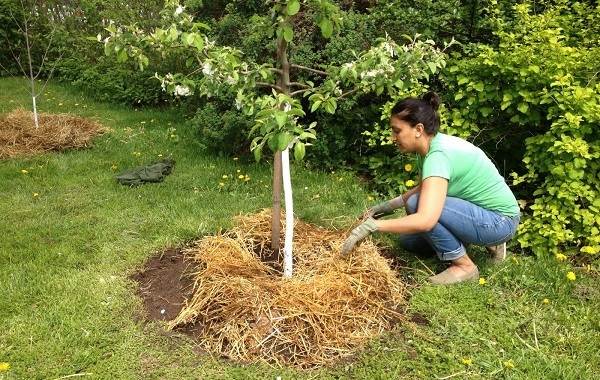

Mulching with straw is one of the easiest ways, but not the most effective.
This is because you can use not one, but several materials at once for these purposes. At the same time, peat fractions, compost, manure, and even certain types of woven materials can serve as a substrate. To this list, you can add paper products and cardboard, they will be an excellent substrate.
And already on top you need to cover a layer of something more attractive in appearance. These may be fallen leaves. There are some peculiarities here: firstly, they should not be green, only dry ones will do. Secondly, take for such purposes only a healthy, unaffected mass.
Otherwise, the result will be exactly the opposite of what is expected. And do not forget that the selected material must be composted. If you do everything right, your tree is guaranteed an additional supply of useful components in the form of calcium and magnesium.
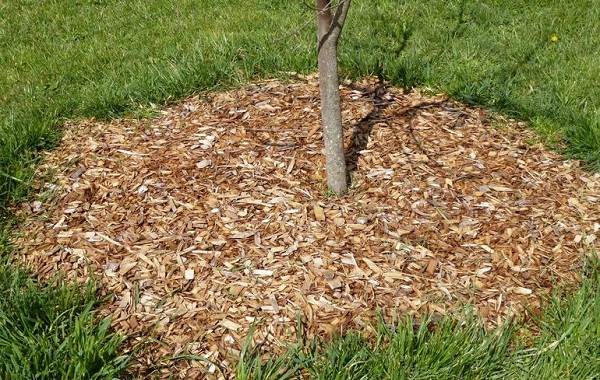

There is another option for mulching - needles. True, it is worth remembering that it will not always work. After all, the needles are full of resin. This must be taken into account, not every soil will accept such a "gift". But if the acidity indicators are not at the height of the soil, such a choice will be the most correct. In addition, the thorns will not allow various small pests to approach the plant.
But hay, on the contrary, will attract those who are not needed. Various small gnawing animals will be right there. Plus, it is not a fact that there will be no weed seeds in such a cover. The disadvantages include the fact that the hay flooring does not allow the sun's rays to warm up the earth as quickly as it does without it.
As a result, the tree will take longer to go out of hibernation. But, there are also pluses. You do not need to wait long, the material is converted into humus rather quickly, and gives the plant a lot of useful trace elements and nutrients.
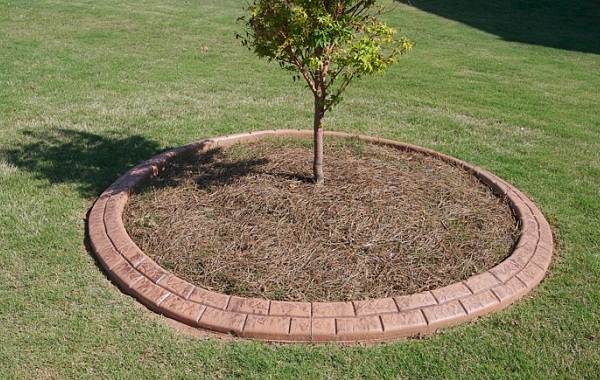

Mulching the trunk circle with needles
Only cut grass can be used. It is important not to overdo it, and to lay a very thin "carpet". Otherwise, the greens will release a lot of substances that have a detrimental effect on trees, they also say "burns" them. If you do everything right, the soil will become better and richer.
If you plan to use wood material, sawdust, for example, remember that you cannot take fresh ones. In order to use them, you need to wait as many as two years. Moreover, no one puts them in their pure form. You need to make a mixture of shavings, sand and add fertilizer. But only a certain type - nitrogen.
The bark can also serve as a finishing layer. Do not forget that you need to lay it on top of the position. Its role can be perfectly fulfilled by compost. This flooring will last longer than other alternative options. He has a lot of properties we need.
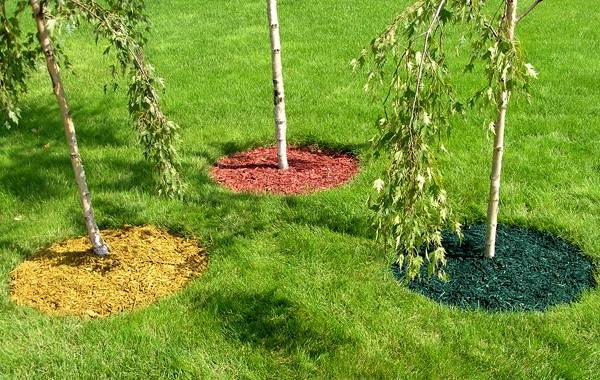

To decorate the trunk circle, you can also use decorative bark.
This is the disinfecting ability. And also under such a "roof" earthworms settle with pleasure, which, as we know, are very useful for the soil. Make sure that the layer is fairly thick, at least five centimeters.
Then the plant and May beetles will not be afraid, and too intense precipitation, which can erode the ground. There will be no problem with excessive evaporation during a drought, the bark will retain moisture.
Recently acquired a special love of gardeners tree trunk circle from agrofibre. Why is it in such demand? Yes, because you don't need to fiddle with it, wait, cut, peel, etc.
You just buy ready-made flooring and that's it. Then you can safely water the plant through the material, it will not create a film effect, and the earth will not become dense at the surface.True, if you want to fertilize it, or loosen it, you will have to raise the material.
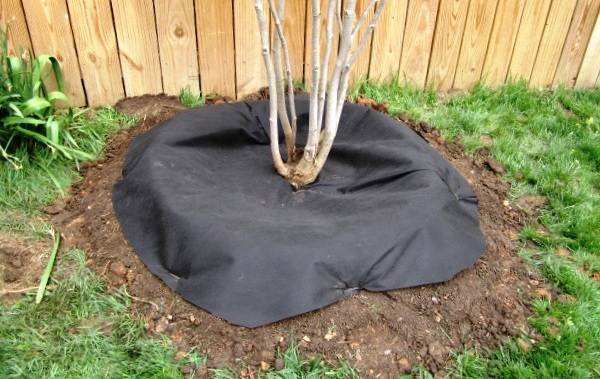

Stony materials are also suitable for these purposes. It can be gravel or pebbles. If you look at such near-barrel circle in the photo, then you can understand that aesthetics will come first here. Because how can you choose different colors, and the size of the stones, and even get confused with the shape.
As a bonus - a good level of humidity, and good heat transfer. Moreover, it is often not necessary to update the embankment. After all, stones are durable. Just take care to organize a small curb around the embankment, otherwise it will fly apart and take on an unkempt look. This could be a plastic baseboard, or larger cobblestones. And woven material will fit as a substrate.
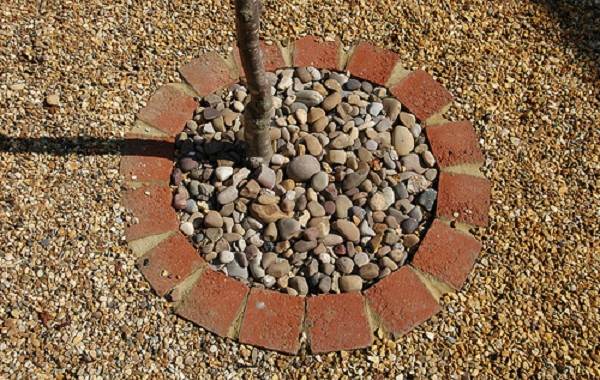

More and more the ranks of those who like coconut tree trunk circle... He is more accurate than just thrown grass. Such fibers will calmly let air through, will not become an obstacle to water, but will turn into a barrier for weeds. If you bought this, you can sleep peacefully for five years.
Then you have to take care of the replacement. But this is good, because the material is natural, no chemistry, which means it decomposes. To make it stronger, some manufacturers impregnate the fibers with latex. What is not less important, coconut trunk circle neutral, i.e. it will not change the acidity and alkaline level of the soil.
And, of course, you can't go without compost. This is the most popular material. What does it include? Everything that you have not eaten and collected from the table should go straight to the compost pit. These are vegetable and fruit peelings, spoiled foods, etc.
The space under the crowns is a special climatic zone
When planning to grow any crops under trees, you first need to familiarize yourself with the characteristics of the main "owners" of the site. Each tree creates a certain microclimate under its crown. It must certainly be taken into account if you are striving to get not skinny blades of grass in the near-trunk circle, but full-fledged plants that delight the eye with bright greenery, lush flowering or even a small harvest.
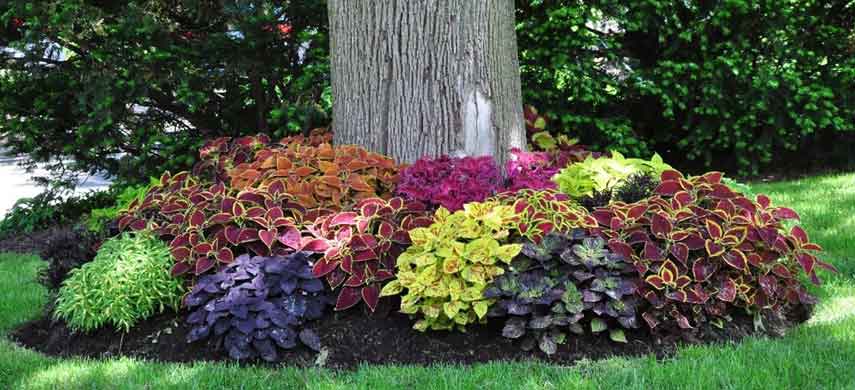

Features of the undercrown area of some trees:
- The apple tree is the most friendly to its "lodgers". It creates an openwork shadow, protecting the cultures of the lower tier from the direct scorching rays of the sun. At the same time, there is enough light under the apple tree for the development of other cultures. And the deep location of the roots of the tree gives them the opportunity to get enough nutrition and moisture.
- Trunk circles of pear, mountain ash, viburnum, hawthorn, pine have about the same microclimate as the apple tree. But it must be borne in mind that under the pine the earth is acidified due to coniferous litter.
- There is little that can grow under a walnut, since its leaves contain substances that inhibit the development of other crops.
- Linden under its crown creates a very dense shadow. Under it there is a chance to grow only shade-tolerant plants.
- It is dark and dry under the canopy of the spruce: its crown does not let light and rainwater into the lower tier. Fallen needles make the soil acidic. Hardly anything will take root under the New Year's tree.
- The shade of the bird cherry is not dense, it transmits enough light. However, this tree dries up the soil greatly - plants in its near-stem zone need systematic abundant watering.
Important! In addition to the microclimate, one should take into account allelopathy - the mutual influence of neighboring plants. When deciding to place newcomers in the near-trunk circle, take care not only of their well-being, be sure to clarify how the “settlers” can affect the owners who have sheltered them. Some crops, seemingly small and quite harmless, can inhibit tree growth or share dangerous diseases with them.
Moisture charging watering of apple trees
Moisture-charging irrigation will help solve the problem of drought in the autumn. The procedure stimulates the growth of an additional suction root system, due to which the vegetative mass of the tree is fully saturated with moisture.This will also prevent the soil from freezing quickly and eliminate a negative reaction to provocative thaws.
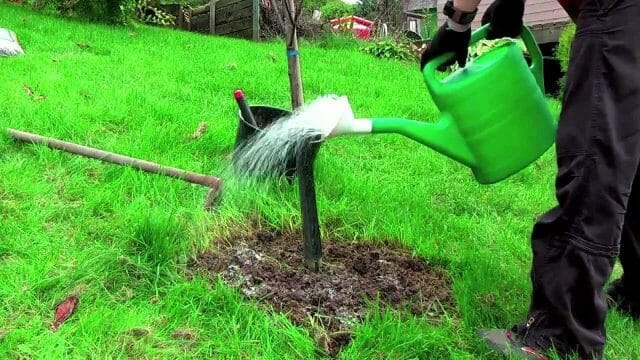

Moisture-charging watering of apple trees
Typically, one apple tree takes about 10 buckets of water. If the tree is old, this amount will have to be doubled. The land must completely absorb water, so watering can be carried out for several days.
Watering "by eye" is not recommended. If you don't have a water meter installed, you can count on the timer how long it takes to fill the bucket. In the future, you will be able to focus exclusively on time.
If the apple tree grows on clay soil, it is important not to overdo it with watering, otherwise the risk of root decay will increase. It is also worth taking into account the weather conditions: if there are frequent heavy rains, the amount of water can be reduced by a third. Slight precipitation does not play a role, because they are not able to moisten the soil to the required depth.
As for sandy soils, it is advisable for them to choose irrigation by sprinkling. This method will exclude their blurring and exposing the roots.
Garden crops under the shade of trees
If there is a lack of space in the garden beds, gardeners plant the remaining seedlings under the crowns of trees. It is worth noting that this is sometimes justified. Some examples:
- Tomatoes, when grown in partial shade under an apple tree, can bear fruit and even scare off pests.
- Many cucumber hybrids tolerate these conditions, and plants grown under trees are better frost-tolerant than those grown in garden beds. The most amicable are cucumbers with plums and cherries.
- Spicy herbs grow well in the openwork shade: parsley, lovage, lemon balm, wild garlic, sorrel, marjoram and others.
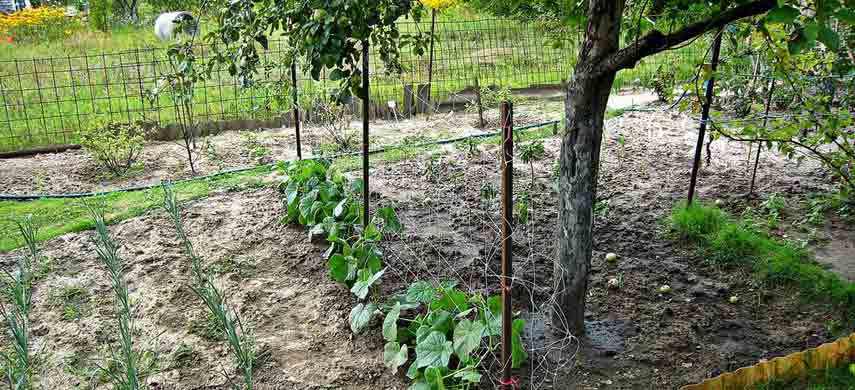

Photophilous peppers and eggplants, when grown in shade, will not yield a harvest, cabbage will not tie heads.
Important! When planning the creation of a near-stem garden, it must be borne in mind that for the treatment of fruit trees against diseases and pests, it is often necessary to use chemical preparations, which will certainly fall on the crops growing in the lower tier.
A bountiful harvest from vegetable plants in the near-trunk circles still cannot be obtained, and more often the area under the trees is occupied by flowering and ornamental plants. This allows you to revitalize the garden, give it a special charm and be able to enjoy the beauty of delightful flower beds, for which there was no other place on the site.
Autumn pruning of apple trees
In the autumn, the apple tree needs sanitary pruning. The principle of this procedure is to remove dry and damaged shoots. Those that grow deep into the crown and thicken the plant are also subject to elimination. Cut them into a ring and cover fresh cuts with garden varnish or special paint. Such work is recommended to be carried out on a dry sunny day.
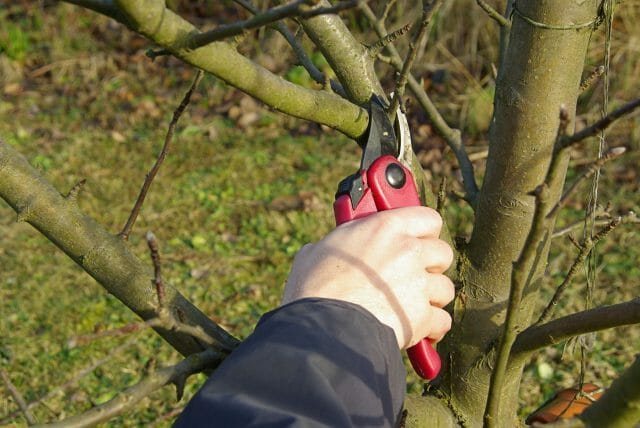

Autumn pruning of apple trees
Useful beauty - herbs in trunk circles
One of the options for the beneficial use of the territory under garden plantings is turfing (tinning) the soil under the trees. Many profits can be obtained from the use of this simple, convenient and profitable method:
- Herbs prevent the earth from drying out.
- Regularly mowing your lawn while leaving the mowed grass in place provides additional nutrition for trees, earthworms and beneficial soil microorganisms.
- The soil structure becomes better, its salinity decreases.
- The quality of the fruits is improved, their spoilage is prevented when falling.
- There is no need to dig up the ground in the near-trunk circles, the roots of the trees remain intact.
- A properly laid lawn lasts for many years, requiring minimal care.
At the same time, a pleasant bonus is a wonderful opportunity to sit on a sultry summer day on silky grass in the shade of a tree. And with a little thought, effort and time, you can equip a magic corner under a tree for relaxation.
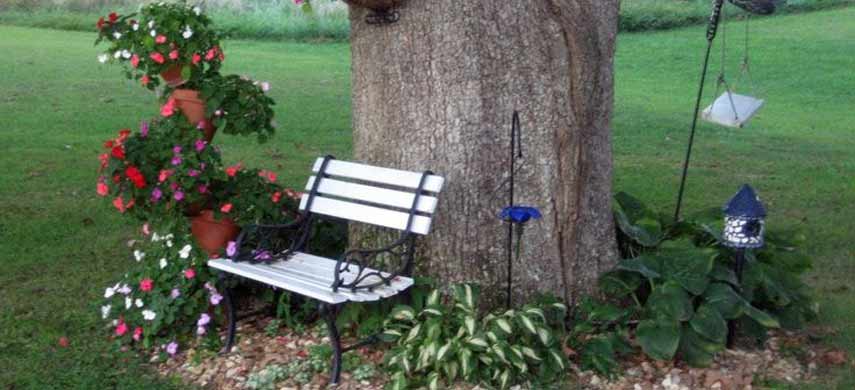

Grass for tinning near-trunk circles must be selected shade-tolerant.The most suitable: meadow bluegrass, sod pike, red fescue, pasture ryegrass. A bright green lawn made of low-growing unpretentious grass, bent grass, looks charming.
Important! It is impossible to cover the ground in the near-stem circles of trees on clonal rootstocks.
Pros and cons
Almost any kind of such design requires preliminary digging. Therefore, some people prefer not to touch this space at all, leaving it in its original form. We have already described all the advantages of such processing above.
What disadvantages can you face with such an organization of space? To begin with, wielding a shovel, you do not allow not only harmful organisms to survive, but also useful ones. Special bacteria, without which the plant will not be able to assimilate nutrients, need air flow.
But when the earth is dug up, these organisms find themselves at a depth. As a result, they cannot survive. One more point - the roots! It is very easy to damage them while digging. If you took up this business with the arrival of cold weather, then you will expose the roots to a more intense effect of frosty air, and this may be dangerous for them.
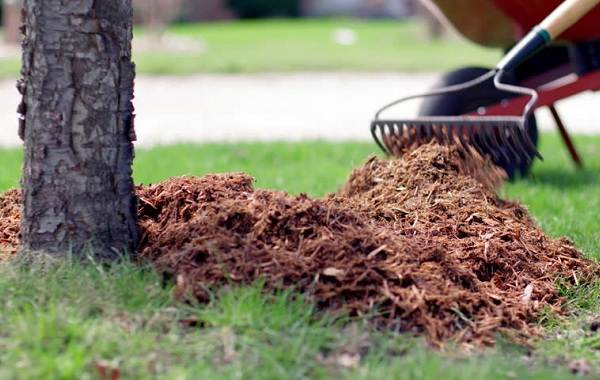

If we take a non-woven material, then barrel circle price with a diameter of one meter will be around 50 rubles. Coconut fiber is much more expensive. A fragment of the same size will fly out in one thousand rubles. If you take a spunbond, then you will need to pay about 300 rubles for the same dimensions.
Disputes around the digging of the near-trunk circle of fruit trees have been, are and will be for a very long time, probably as long as the gardens exist. Only relatively recently did the debate quieten down about what to do with the aisles of the garden: either iron them with tractors, compacting the soil and carrying humus with the wind to a neighbor in the field, or still mow the grass at an early stage, before it yields seeds. Everything is clear here - they decided to mow and seem to have put an end to it; but digging up near-trunk circles is a completely different matter.
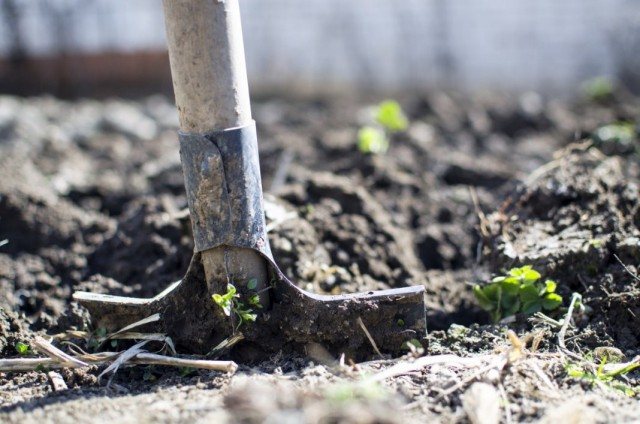

Digging the trunk circle of fruit trees
Content:
What decorative and flowering crops to plant under the crowns of garden trees
Decorating with flowers is an excellent option for the useful use of the area of the periosteal circles. It is not bad if these are perennials: in this case, the root system will not have to be disturbed annually, as when growing summer plants. Moreover, ground cover perennial plants take root under almost any trees. But in general, plants need to be selected in accordance with the climate in the under-crown area.
- Under the apple tree it will be freely bulbous (muscari, daffodils, crocuses), primroses, forget-me-nots, daisies, chamomiles, bells, viols, tagetes, nasturtiums, periwinkles, balsams, daylilies and others. Moreover, nasturtium will protect the tree from aphids and suckers, and chamomile and marigolds will scare off nematodes.
- Cherry will give a comfortable shelter to lilies of the valley, violets, periwinkles, ferns, swimsuits, primroses, tenacious, astilbe, bells, buzulnik. In turn, lily of the valley, for example, will protect cherries from fruit rot.
- Bulbs, primroses, celandine (which will also protect the "mistress" from aphids and ants) will feel good under the plum.
- Under the pear it will be at ease with the Carpathian bell, primroses, tagetes, subulate phlox, beardless strawberries.
- Walnut, as already mentioned, is not particularly supportive of “tenants. And yet there are plants that will decorate his trunk circle. These are lemon balm, hosts, ferns, daffodils, lilies of the valley.
Important! When arranging a flower garden under the crown of any tree, it is unacceptable to fill the trunk with mulch or soil - filling should be started at a distance of 15-30 cm from it.
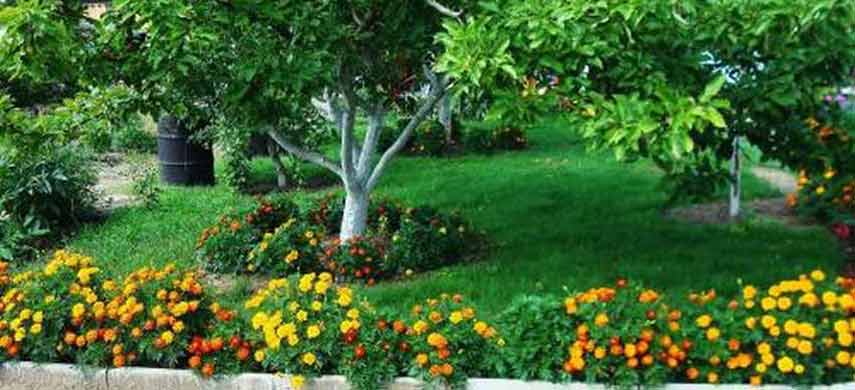

Now you know which plants can be planted in the trunk circle. Create and implement projects of extraordinary flower gardens, delightful lawns under the trees - let your garden look like a paradise.
Whitewashing apple tree trunks
It is advisable to apply lime mortar to the trunks of apple trees after the rainy season is over. With the help of whitewashing, you can protect the plant from sunburn, invasion of pests, fungal infection, cracking of the bark.
Whitewashing apple tree trunks
Use hydrated lime or garden paint for whitewashing. Apply the product to the first skeletal branches. Start applying the solution from below and gradually work your way up. If precipitation occurs, the procedure will have to be repeated.
How to mulch trees with sawdust (video)
The most optimal crops for creating a low bosquette can be:
- barberry Thunberg;
- common barberry;
- common privet;
- hawthorn single-footed;
- felt cherry;
- steppe cherry;
- sand cherry;
- the cotoneaster is brilliant;
- spirea;
- blackthorn;
- viburnum vesicle.
Particularly popular is the western thuja, which is incredibly shade-tolerant and allows you to create dense hedges.
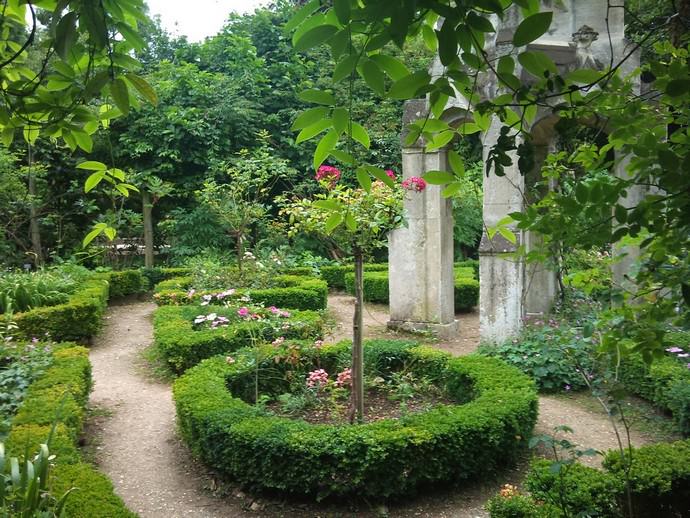

When is it better to dig a garden - timing
We hope you are convinced that tillage in the fall is still necessary. But not every summer resident knows how and when to dig a garden in order to get a positive effect. This should be done after harvest, when late-ripening crops and all plant residues are removed. It is advisable to carry out the work before the end of October - beginning of November, depending on weather conditions. It is not worth delaying the work too much, so that the soil does not grab the first frosts. Ideally, if you can finish digging before heavy rains.
Healing wounds with garden varnish
In autumn, many summer residents carry out sanitary pruning of the garden, clean out the old bark, remove mosses and lichens. And they cover it all up with garden pitch. What else?
Opinion for: garden pitch helps wounds heal faster
What really is. It's true. Through an untreated wound, an infection instantly enters the tree. Var protects the tree from infection and helps the wound heal faster. But only ... 30% of garden putties have such properties!
Opinion against: var is useless and even harmful!
What really is. Paradoxically, this is also true. Scientists of the Institute of Horticulture of the Ukrainian Academy of Agrarian Sciences from 2008 to 2011 set up an experiment in their gardens: they bought 17 types of garden putties and used them to treat wounds on apple trees. But some branches were left untreated - they overgrown naturally and were taken as a standard, that is, 100 percent healing.
And then the scientists looked at how putty works on wounds. If the degree of overgrowth was higher than the control 100%, then the putty is effective. And if it is lower, it turns out that var inhibits the healing process and there is no sense in it.
The most interesting thing is that out of 17 samples of garden putties, only five coped with their task (see "The effectiveness of garden varnishes"). And the rest not only do not help, they harm the trees!
However, garden putties, which are indicated in the table under numbers 4, 5 and 6, are also of little use - their effect does not exceed 3%, so there is no point in spending money on them. With the same success, a wound in a tree will heal itself and for free.
Conclusion: cover it with a pitch, but choose a quality one.
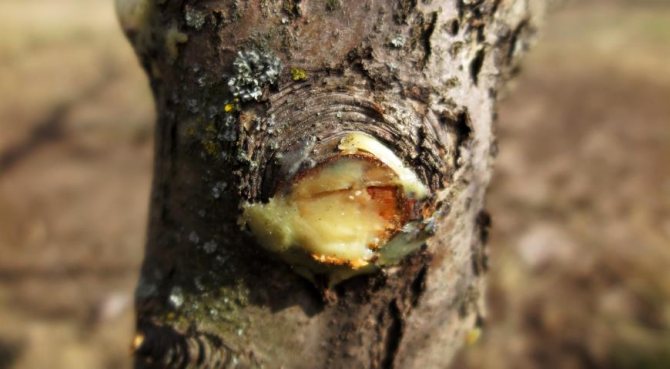

The effectiveness of garden brews (according to the Institute of Horticulture UAAS)
Garden putty "BlagoSad", Kiev - 151.1% Lac Balsam "Celaflor", Austria - 120.7% Malusan "Wunderverschluss" Neudorff - 103.4% Garden var "VS-1", Ukraine - 102.3% "RunNet ", Moscow - 100.2% Wound untreated - 100% Putty "Universalna", Minsk - 96% "Funaben", Poland - 95.9% "Sadovy var", Kostroma chemical plant - 92.2% Garden var, PP "BMG", Ukraine - 90.5% Garden var "VV-Group ", Rivne, Ukraine - 86.2% Anti-cancer putty, Minsk - 78.8% Garden var" DP Farba ", Ukraine - 77.6% Garden var, Borisov, Belarus - 76.3% Ecobalzam , Poland - 75.7% Sadovy var, Murmino, Russia - 62.6% Putty "Zhivitsa", Kharkov, Ukraine - 58.5% Sadovy var, TOV "Farba", Ukraine - 52.1%
